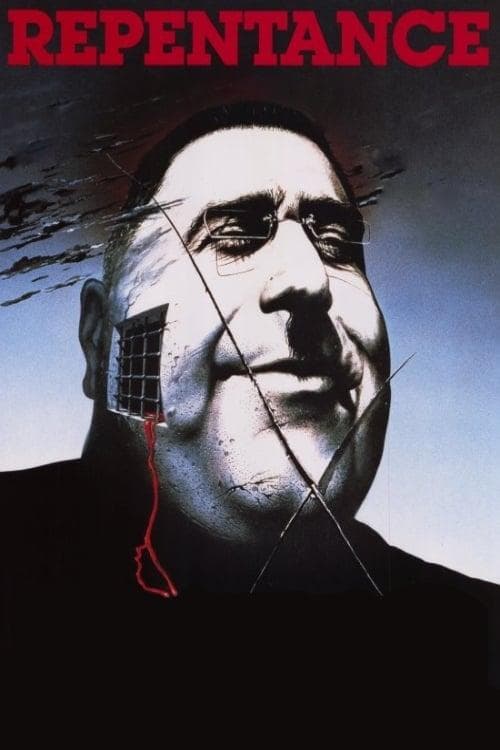
Repentance
1984
Rate this movie
Average: 0.00 / 5
(0 votes)
Director
A thinly veiled satire on Stalin's reign of terror, 'Repentance' – or, in the original Georgian, 'Monanieba' – emerges as a cinematographic work of exceptional insight, whose genesis and troubled dissemination are indissolubly linked to the political turmoil of its time. A designated victim of the most obtuse Soviet censorship, this masterpiece waited for years, imprisoned in the secret depths of archives, before seeing the light of day. Screened only in 1987, at the height of Gorbachev's "Glasnost" and "Perestroika", it was not merely a film, but a cathartic event, a liberating cry for a nation and, by extension, for an entire long-suffocated geopolitical bloc. Its public success was not a mere artistic appreciation, but a manifestation of profound collective relief and recognition for the finally granted opportunity to confront the indelible scars of a past of terror and lies. Its release marked a point of no return, contributing to revealing the structural cracks of an empire already in decline.
The author of this small gem is the Georgian director Tengiz Abuladze, a titanic figure of Soviet cinema who, with this film, culminates his so-called "Trilogy of Repentance". Preceded by Vedreba (The Supplication, 1967) and Natvris khe (The Wishing Tree, 1976), works already imbued with an almost epic lyricism and a profound meditation on the cultural and spiritual roots of Georgia, Repentance inherits and amplifies its stylistic hallmark, pushing the reflection on collective memory and the legacy of evil to a paroxysm. Abuladze sketches Stalin's dictatorial traits in a burgomaster of a Georgian town, Varlam Aravidze, and makes him a simulacrum of political abjection and human ferocity who, emblematically, finds no peace even after death, elevating the character to a universal symbol of totalitarian horror.
The absolute genius of the film lies in the fact that, despite the burgomaster's death, his body continues to resurface at the burial site. This narrative device, which transcends a mere expedient to assume the stature of a powerful and polysemic metaphor, embodies the idea that History, when not processed and not atoned for, cannot be buried. The tyrant's body, stubbornly resurfacing from the earth, is not just an image of physical disturbance, but the visual representation of a collective trauma that refuses oblivion, a persistent nightmare that demands recognition and redemption. It is an echo of unappeased victims, an unsettling warning that the shadow of the past, if not confronted, will always return to haunt the present. One could even glimpse in this persistence an allusion to classical dramaturgy, where the sins of the fathers fall upon the children, or to more recent 'fantastic' works that explore the persistence of the repressed in the collective psyche.
The police arrest a woman, Keti Barateli, who explains with disarming clarity how the man's corpse should not rest in peace due to the atrocities he committed during his public tenure. Keti is not a mere executioner, but an avenging angel, a catalyst for truth in a society that tried to suppress it. Her stubbornness in exhuming the corpse, an open challenge to authority and collective passivity, triggers the film's narrative engine, transforming the legal action into an arena for collective confession, a kind of forced catharsis. It is through her accusatory gaze that a flashback begins, in which the man, Varlam Aravidze, is painted not only as a ruthless tyrant, but with the traits of an operetta despot, capable of physiognomic spasms that recall the great autocrats of the past: the moustache echoing Hitler's genocidal madness, Mussolini's rhetorical imperiousness, and that cold, calculating cunning that was the stylistic hallmark of Stalin himself. Abuladze, with surgical precision and a touch of cruel irony, shapes Varlam not as a monolith of pure evil, but as an embodiment of grotesque power, so absorbed in his own megalomania as to descend into ridicule, but an intrinsically tragic ridicule.
More than evident is the social denunciation of any dictatorship that deprives human beings of their most basic freedoms in the face of a thirst for personal power, the will to prevaricate, and the moral devastation of every principle of civil coexistence. The film delves into the depths of the totalitarian psyche, not limiting itself to condemning physical violence, but exploring the perversion of language, the manipulation of history, the erosion of trust, and the consequent trivialization of evil. Varlam's victims are not just tormented bodies, but souls corrupted by silence, by acquiescence, by fear that infiltrates even into the domestic walls. The narrative is not linear, but unfolds in a mosaic of memories, dreams, and hallucinations, reflecting the fragmented and traumatic nature of collective memory under a tyrannical regime. Abuladze forces us to confront the idea that true repentance, "monanieba," is not just the act of an individual, but a national process, a moral and historical imperative for the very survival of a society.
Like Chaplin in The Great Dictator, Abuladze also chooses the thin blade of irony to etch his denunciation, but with a substantial and penetrating difference: if in Chaplin, laughter, though bitter, is a vehicle of hope and a direct invocation to reason, in this film laughter is choked in the throat by a sense of cynicism and bitterness that permeates the entire narrative. Abuladze's satire is darker, closer to the theater of the absurd or grotesque tragedy, where laughter is often a nervous reflection of terror. The dreamlike and almost surreal images blend with the realism of the denunciation, creating a dense and disturbing cinematic fabric. There is no hope for a final speech that can redeem the madness, but rather the acknowledgment of a profound evil that requires long and painful atonement. The visual beauty, often evocative and rich in Georgian religious or folkloric symbolism, serves as a counterpoint to the horror, making the whole even more poignant.
A forgotten work, known in the West only in art-house cinemas or among cinephiles, yet it is a film that, crossing Georgia's national borders, has established itself in the Empyrean of great works bearing a universal message in their DNA. Repentance was awarded the Grand Special Jury Prize at the 1987 Cannes Film Festival, a recognition that cemented its global importance. Its 'forgetfulness' in the West, relegated to art-house circuits, is a venial sin that does not diminish its intrinsic greatness. It is a film that continues to speak powerfully in an era when the temptation of historical oblivion and the allure of new authoritarianisms are reasserting themselves. It is a perennial warning about the fragility of democracy and the unavoidable necessity of confronting historical memory, an invocation to individual and collective responsibility, and a perpetual invitation to "repentance" – not only for the perpetrators, but for anyone who chose indifference or silence in the face of tyranny.
Country
Gallery

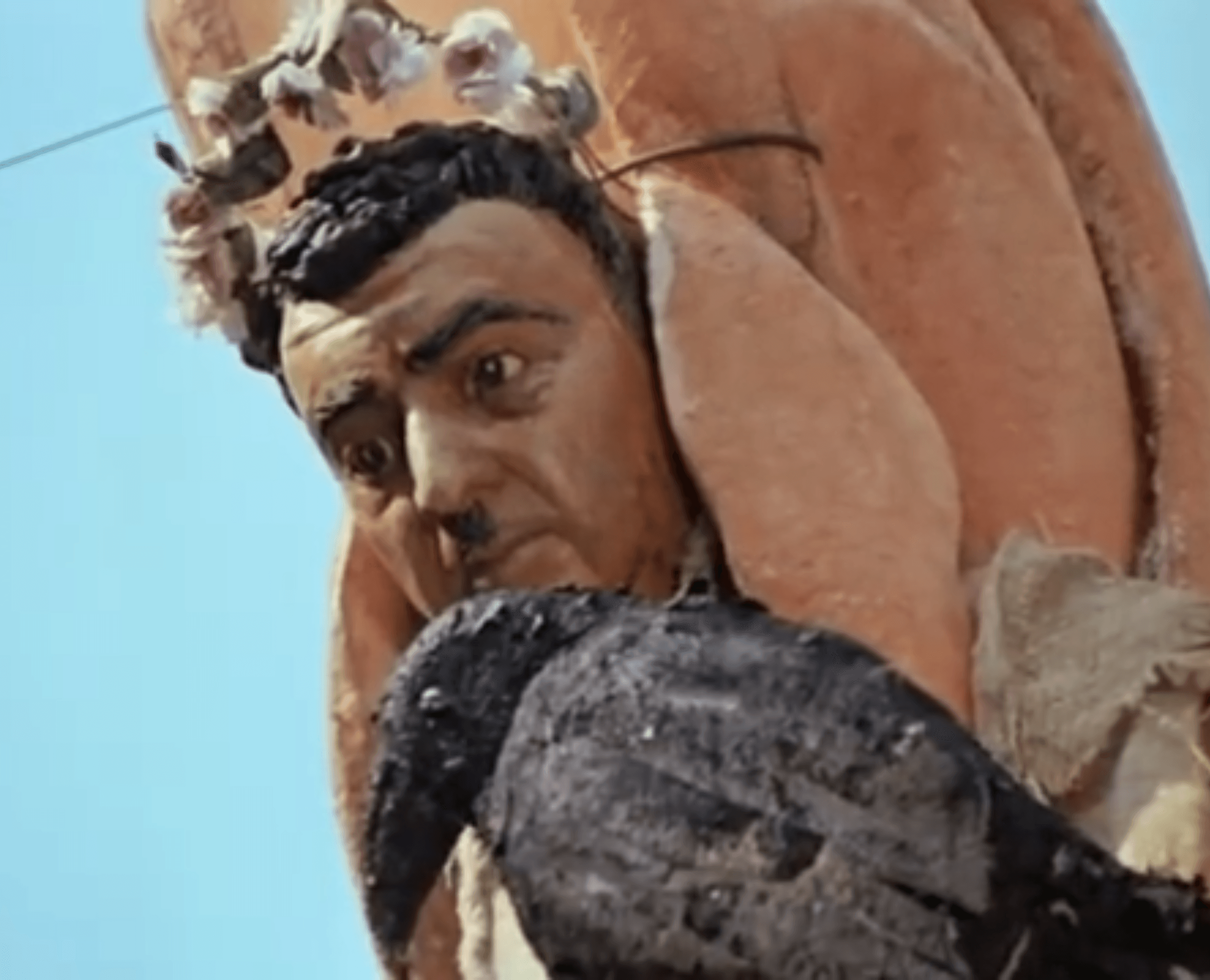
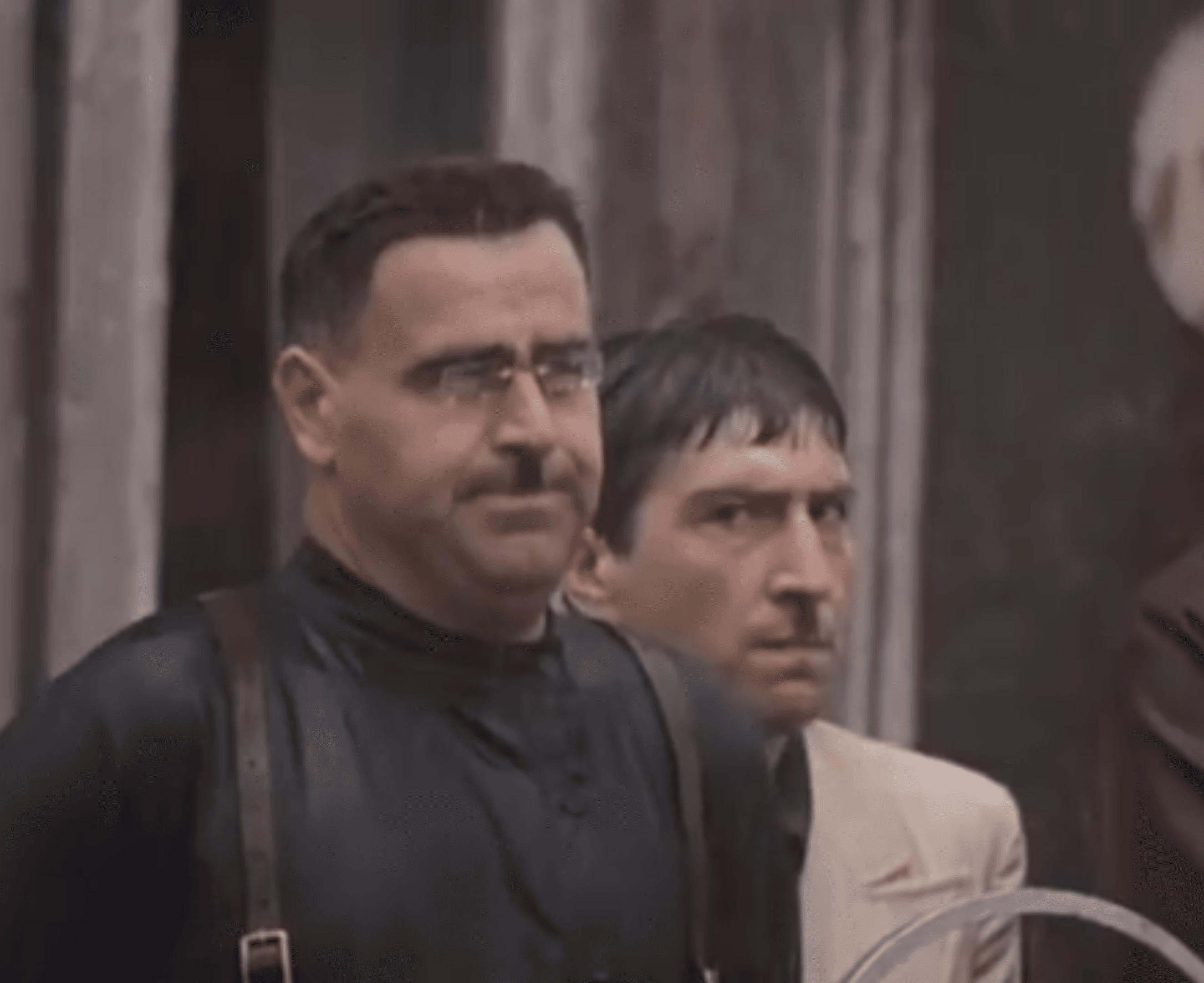

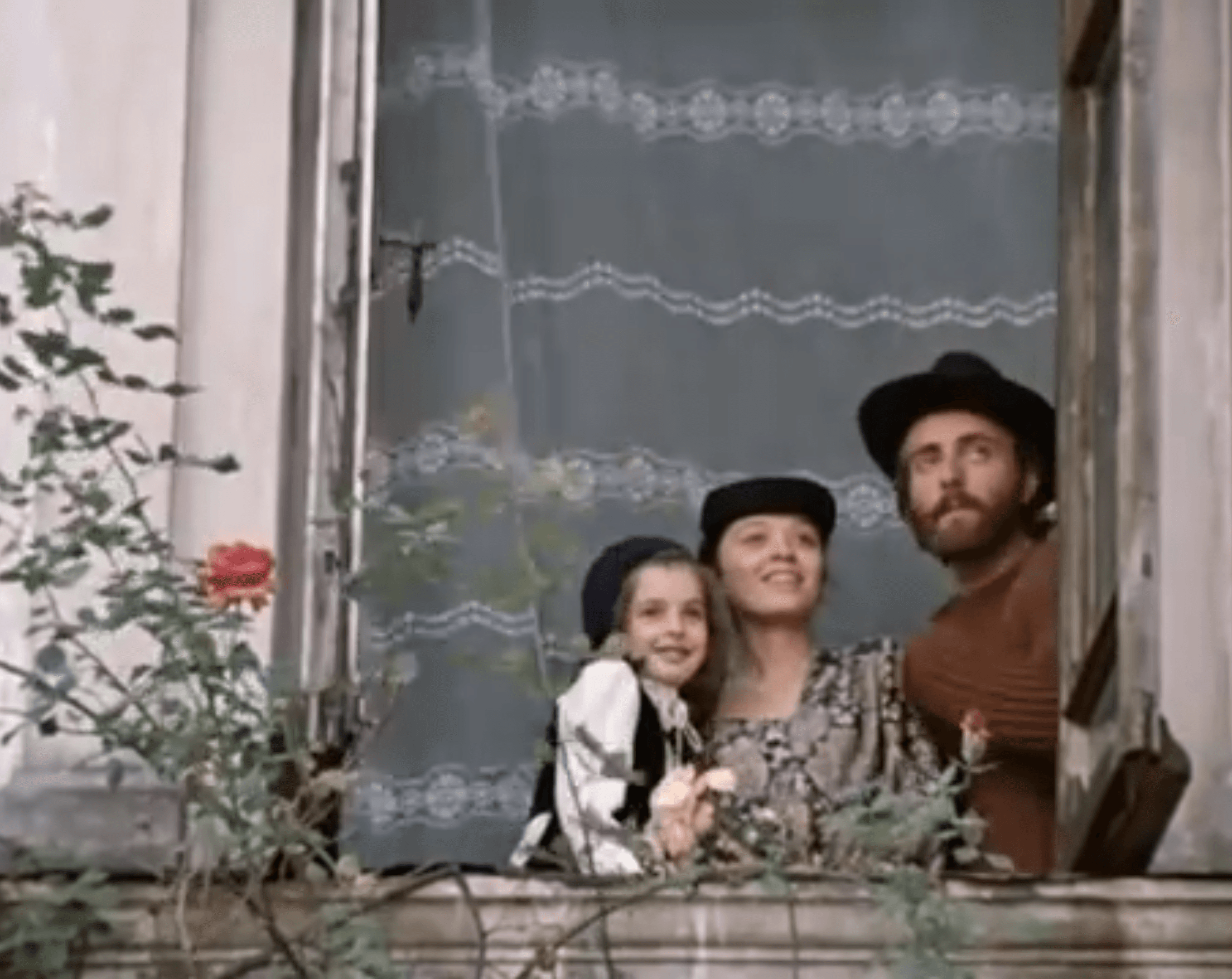
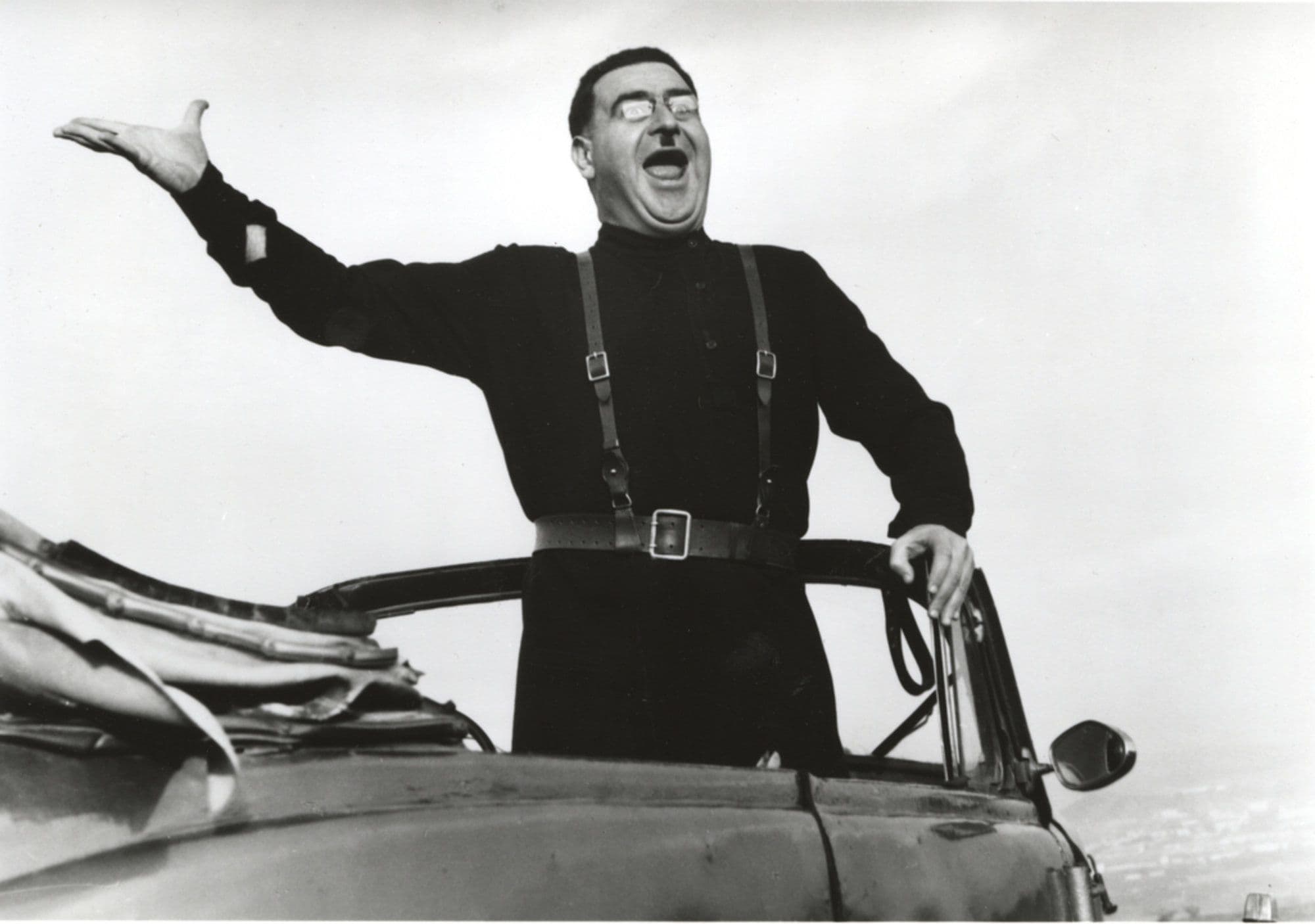
Comments
Loading comments...